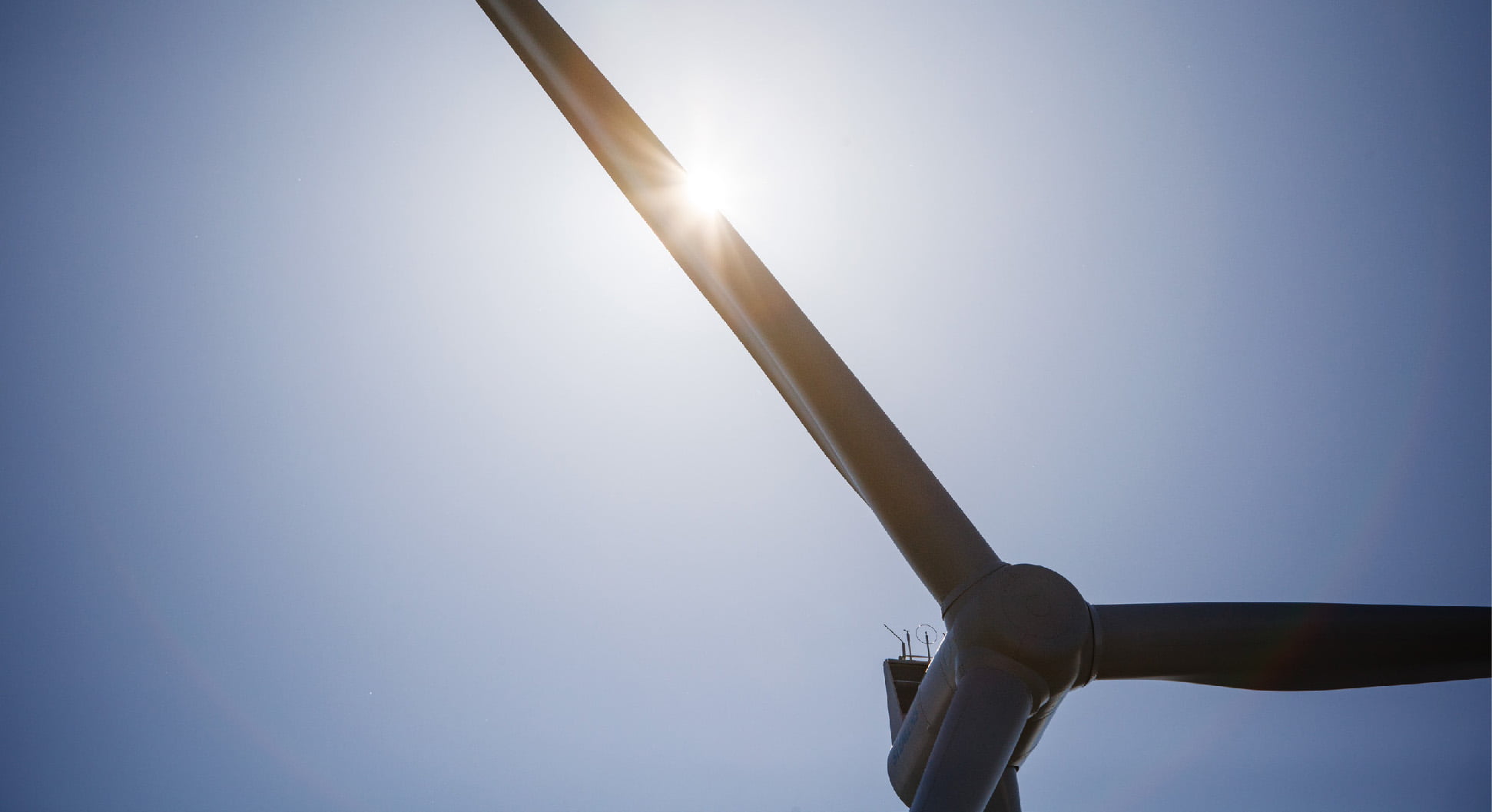
People have been using windmills for centuries to grind grain, pump water, and perform other tasks. Windmills generate mechanical energy but do not produce electrical energy. Today, modern wind turbines are highly evolved machines with more than 8000 parts that harness the kinetic energy of the wind and convert it into electrical energy.
Poul La Cour, a scientist, inventor, and teacher, built the first modern wind turbine in 1891. This “Danish Edison” researched the aerodynamics of wind turbines and used the generated electrical energy for water electrolysis, obtaining hydrogen for powering lights in his school. In the 1930s and 1940s, thousands of small wind turbines were installed in rural areas of the United States where there was no grid. In the 1950s and 1960s, wind’s popularity declined, but the oil crisis of the 1970s revived interest in wind energy. A century later, the first global plans for CO2 reduction triggered a wave of wind farm construction.
The world is at a turning point in the climate and biodiversity crisis. This is a crucial decade for fulfilling commitments made under the Paris Agreement, aiming to limit global warming to well below 2°C, preferably to 1.5°C, for the benefit of health, well-being, and prosperity for all.
The Russian invasion of Ukraine exposed the high cost of relying on fossil fuel imports. In 2022, gas prices soared to unprecedented levels of 313 €/MWh as Russia reduced gas exports to the EU, and the costs of gas-based electricity production exceeded 650 €/MWh. Along with the rise in coal prices, increased fossil fuel costs contributed to the escalation of electricity prices and triggered inflation and a cost-of-living crisis across Europe.
As more than one-fifth of the EU’s electricity comes from wind and solar, the increase in new renewable energy capacity helped avoid an even greater crisis.
Croatia must align with the European Union’s goals, implementing reforms and green transition in line with the Low Carbon Development Strategy of the Republic of Croatia by 2030, looking towards 2050. The common thread of the strategy, as well as other national plans and strategic documents, is to lay the foundation for adapting the Croatian economy in a decade characterized by recovery and resilience strengthening. Therefore, the concept of Croatia’s energy development will be based on new and clean technologies, innovations, and research.
The ENCRO Group and its partner companies have so far built projects with a total capacity of 142 MW, and they are actively involved in maintenance and operation activities for these projects.
Two new wind farms in Zadar County will increase the amount of electricity produced from renewable sources (RES) by 10 percent. The total capacity of 111 MW is sufficient to power 85,000 households, and commercial operation is expected on January 1, 2024, meaning integration into the grid and electricity production.
With more than 1000 MW of new renewable energy projects in development, ENCRO d.o.o. contributes to Croatia’s green transition and Europe’s energy independence.
The ENCRO group and its partner companies have built projects with a total capacity of 142 MW, and they are currently involved in maintenance and operation activities for these projects.
Solar energy is breaking records worldwide and in Europe. The path to 2050 is paved with solar energy, and solar power can provide the fastest route to energy self-sufficiency. This is a goal that Europe aims to achieve even before 2050, driven urgently by the energy crisis and the war in Ukraine.
Solar power plants are facilities for electricity production with minimal environmental impact. There is no combustion process, emissions of harmful substances, impact on air or water quality, soil degradation, noise pollution, and after the end of the plant’s life cycle and dismantling, there is no waste that needs permanent storage and that would be environmentally harmful in the long term.
To achieve the goals of the European Green Deal, the European Commission proposed the European Climate Law on March 4, 2020. As a member of the EU, Croatia participates in the adoption and implementation of common EU policies and undertakes obligations to achieve EU goals.
The development of solar power plants is supported by EU Directive 2018/2001 and EU Regulation 2018/1999. The Parliament has also agreed to simplify and further shorten the documentation approval process for solar power plants for the purpose of revitalization. Croatia, as an EU member, supports the common goals of the European Union and according to the EU Regulation, an Integrated National Energy and Climate Plan for the Republic of Croatia for the period from 2021 to 2030 has been developed. The plan was confirmed by the European Commission and adopted in December 2019. Additionally, on February 28, 2020, the Croatian Parliament adopted the Energy Development Strategy of the Republic of Croatia until 2030, with a perspective towards 2050.
Croatia, as a member, supports the common goals of the European Union, and according to the EU Regulation, an Integrated National Energy and Climate Plan for the Republic of Croatia for the period from 2021 to 2030 has been developed. The plan was confirmed by the European Commission and adopted in December 2019. Additionally, on February 28, 2020, the Croatian Parliament adopted the Energy Development Strategy of the Republic of Croatia until 2030, with a perspective towards 2050. Prior to that, an Environmental Impact Assessment Strategic Study for the energy development strategy of the Republic of Croatia until 2030, with a perspective towards 2050, was also prepared.
The strong development of solar energy has engulfed the entire continent, with last year seeing ten European Union countries installing more than 1 GW of solar power plants. SolarPower Europe believes that by 2026, eighteen countries will surpass the threshold of 1 GW of installed solar capacity, and among them, Croatia, which, according to SolarPower Europe data, achieved significant growth last year, is expected to continue this growth in the current year.
Solar power plants are facilities for electricity production with minimal environmental impact.
